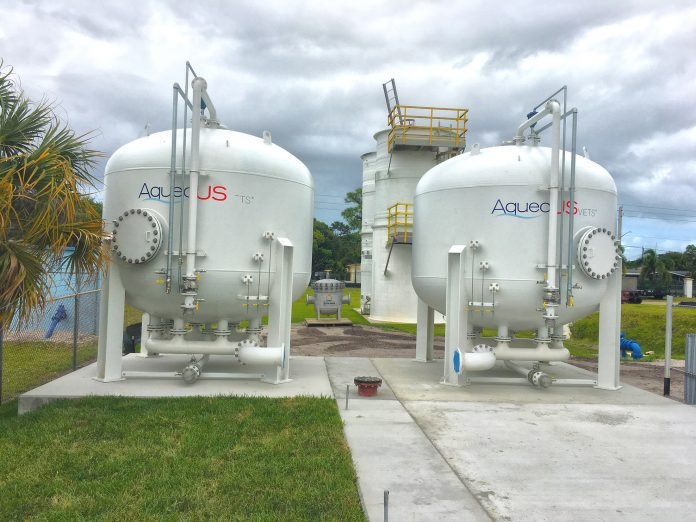Last Updated on March 20, 2024 by Saira Farman
In a laboratory setting, specialized equipment to perform specific tasks is commonplace. By using lab water baths you have a tool for the valuable task of heating and thawing specimens. Lab baths can be used for an assortment of tasks related to DNA research, vaccine development, and more. In a warm environment, scientific water baths can be used for any situation where predictable and consistent warmth is required such as growing a cell culture.
Table of Contents
The Advantages of a Lab Water Bath
A lab water bath offers many advantages over other heating methods. They can offer a degree of control that is hard to match. Some reasons to use a water bath include the following:
- You can heat materials that could be damaged if exposed to an open flame.
- You need to warm or thaw dangerous materials in a controlled and safer environment.
- You need very specific temperature settings.
- You need to thaw your materials very precisely.
- You need to mix materials carefully during the heating or thawing process.
- You need a consistently high temperature to cause the desired chemical reaction.
Open flames and other methods of warming often do not offer the type of controlled heat you need in a laboratory setting. A water bath provides the percussion you need to thaw or heat materials without causing any damage to your materials that could negatively impact your results.
Using The Proper Water
Your water bath should only be filled with the correct type of water. Not all types of water are the same and using water that is not properly prepared can cause your water bath to become corroded over time. This reduces its lifespan and can lead to expensive equipment replacement. You should always use distilled or deionized water as it has had the more harmful elements found in tap water removed. Also, ensure the water you are using does not originate in a water system that uses a salt back flush as this can leave traces of salt in the water, leading to build-up over time. Finally, be sure to flush your water regularly to keep it fresh and properly oxygenated. These simple steps can prevent corrosion and other types of surface damage.
Read More: Why Do Baby Turning Head Side To Side? – Tips and Tricks For Moms
Different Types of Water Baths
Water baths come in many types to fit your specific laboratory needs. Some water baths are more complex than others, and they range from simple to offering an assortment of features.
Circulating Water Baths:
circulating water baths are designed to circulate water when in operation, creating a uniform temperature that is very consistent and predictable. Due to the circulating water, these water baths are ideal for experiments or tasks where exact temperature levels are essential to the tasks at hand.
Non-Circulating Water Baths:
by comparison, a non-circulating bath is a convection-style warmer that, while effective at warming water, does not do so uniformly. If you do not need highly-accurate uniform temperature control a non-circulating bath can be an effective warming and thawing tool.
Shaking Baths:
a shaking water bath has the additional feature of allowing you to shake the contents you are heating. This can be quite useful for mixing or encouraging desired reactions from your samples. An advantage of shaking baths is the shaking controls can be turned on and off as needed, creating a versatile device. Like other water baths, shaking baths are user-friendly and easy to use.
Final Thoughts
Water baths are essential for experiments or processes where control over the temperature and testing environment is needed. Water baths allow you to specifically set the temperature using digital or in some cases analog controls. Water baths offer a safe way to warm, thaw, and conduct chemical reactions during daily lab activity.



























